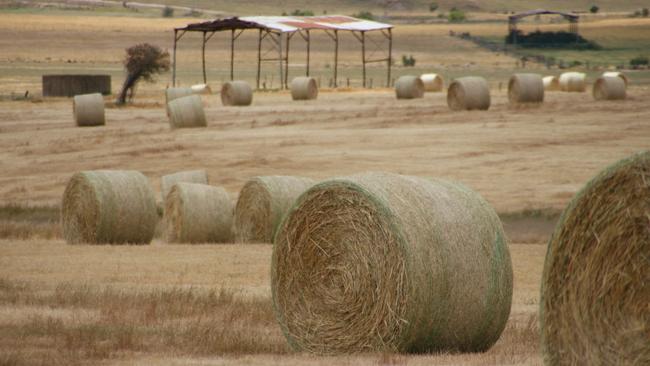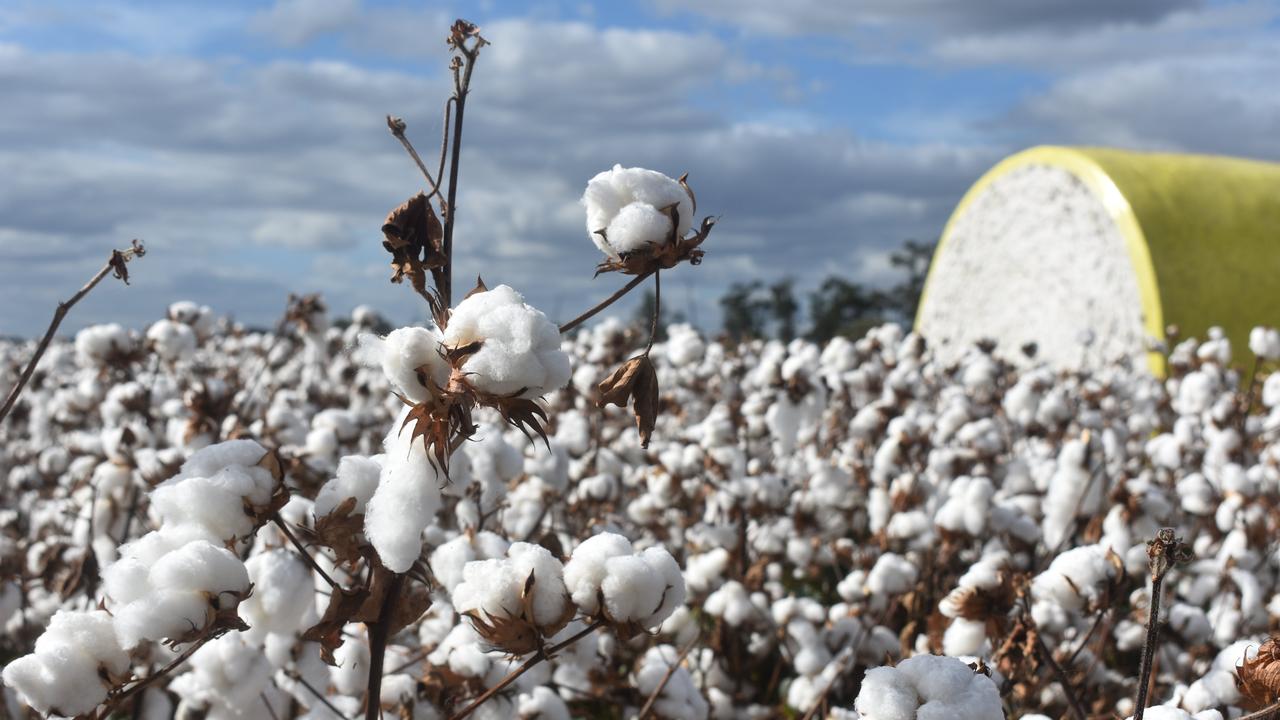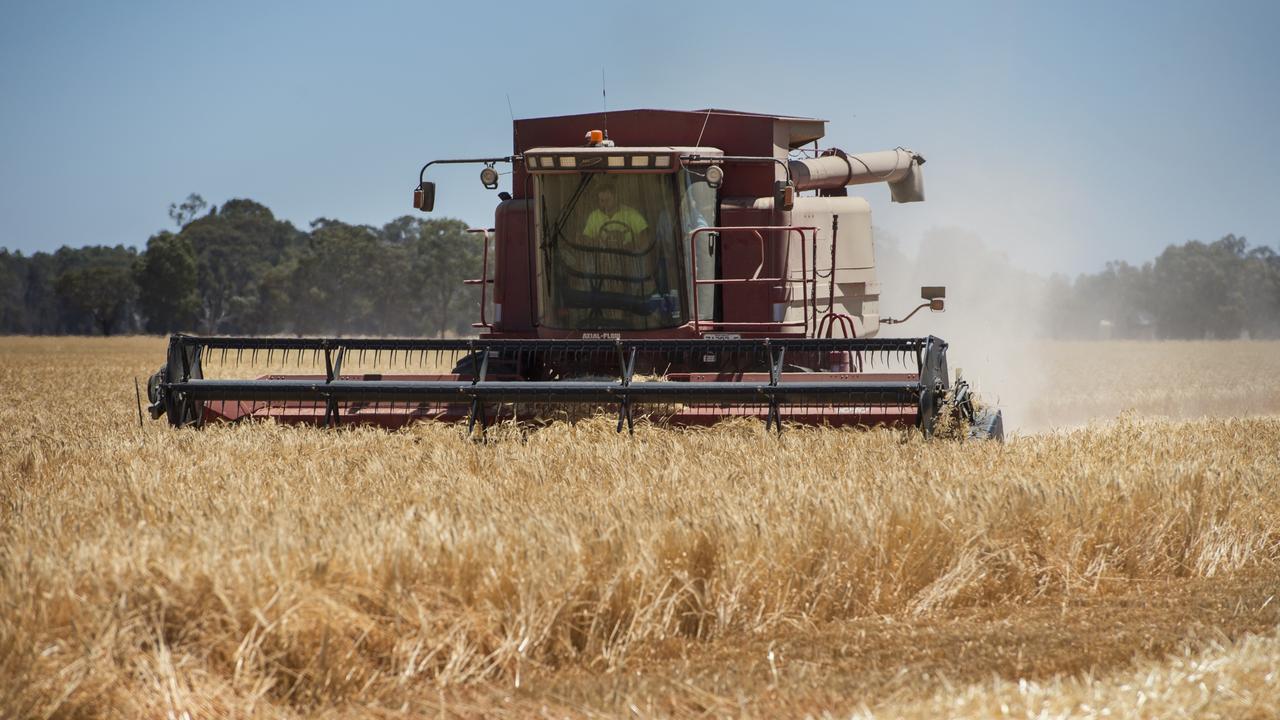Beef producers give a lift to vetch prices
Quality drives hay prices, especially when supplies are plentiful. See what hay is moving and who’s buying this week.

HAY buyers know the market has gone their way this season and they are taking the best advantage they can of the plentiful volumes on offer.
Despite the prolific spring, a surprisingly steady pace of business is being transacted.
Demand for cereal hay remains slow.
Most hay exporters have managed to piece together a full processing program of marketable hay compiled from the best of current-season oaten hay as well as strategic stocks of higher quality carry-over hay.
Vetch hay remains the most popular hay and growers report that beef producers have been prepared to pay more than other buyers for higher testing hay.
The price of young cattle has exploded and buyers who are well stocked are prepared to supplement their dry pastures with higher protein feed.
Old-crop vetch testing more than 9.5 ME units of energy and 20 per cent protein and under 38 per cent neutral detergent fibre has been selling for $250 to $260 a tonne ex-farm between Quambatook and Birchip.
Other lines of new-crop hay, that have received 50-60mm of rain during an extended 30-to-40-day curing, have some surprising test results.
Despite the tough hay-making conditions, these lines of hay have protein of more than 20 per cent, NDF under 40 per cent, energy between 8.5 and 9.2 ME and are offered at $180 to $200/tonne ex-Mallee farm.
Some growers are choosing to advertise their hay without any test results, fearing the low results would fail to attract buyers’ interest.
This can work for those hay buyers who are price-conscious and do not normally consider nutritional parameters. These buyers accept that most of the hay baled last year will have weather damage and will appear dark in colour.
The greatest contrast between 2019 and 2020 bales vetch hay is colour. The grey, brown and dull appearance with occasional black leaves of hay bales in 2020 is enough to deter many dairy buyers, despite positive test results.
Hay test results are essential for buyers to know how hay is likely to perform in their animals, but the test results this year are more enlightening than normal.
Comparisons of vetch hay from different seasons, tested with different laboratories, does bring into question the veracity of test results, especially the NDF results on damaged hay.
Industry programs have achieved good conformity of test results for oaten hay, but greater focus may need to be placed on the testing of vetch hay if results are to be used as evidence for commercial sale.
Many dairy farmers in northern Victoria are also buying vetch hay and feeding hay through their feed pads.
Rather than grazing pastures the cows are fed a mix of hay, silage, grains and concentrates.
Farms with feed pads tend to be more aligned with buying in hay, using the labour savings that come from operating smaller farms relative to the size of their dairy herds.
MORE
BUYERS STARTING TO SHOW INTEREST IN QUALITY VETCH


